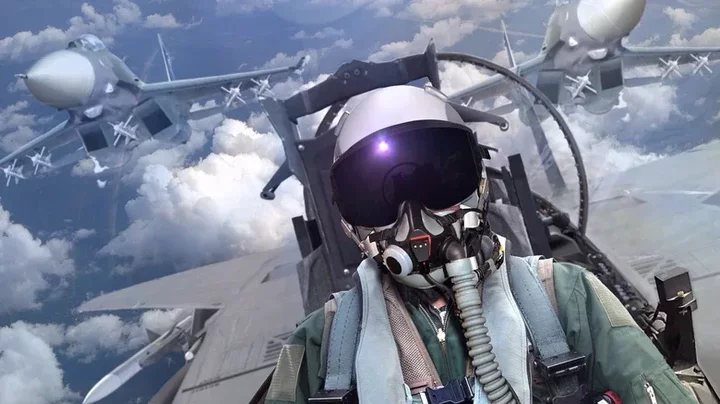
There are several different types of military aircraft, but one significant example is the fighter jet. Fighter jets fly higher, are nimbler, and typically engage in primarily air-to-air combat. While other military aircraft - such as attack aircraft and multirole vessels - can and do engage in air-to-air combat, it's in this scope of the mission that attack aircraft excel. They can easily weave around enemy attacks and typically carry more air-to-air armament since their primary goal in most missions is to escort the attack, bomber, and other aircraft types that might be present for the engagement.
Primary armaments for fighter jets oftentimes include air-to-air missiles, designed to be launched from the air to strike other aerial targets, rather than air-to-surface missiles designed to strike grounded targets. Since air-to-air missiles are large and heavy, a single fighter jet can only carry a limited supply. Here's how many missiles the fighter jets currently flying for the U.S. Air Force can carry.
F-15 Eagle
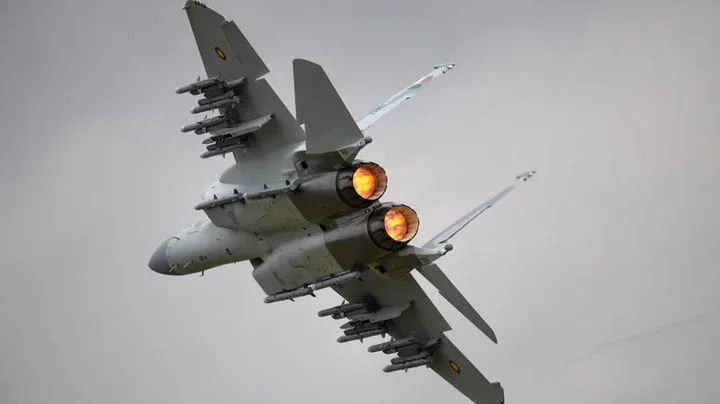
The F-15 Eagle is one of the most prominent fighter aircraft in the U.S. Air Force. It's maneuverable and fast, and carries a host of weaponry to maintain air superiority for U.S. troops. The design of the F-15 Eagle features a high thrust-to-weight ratio and low wing load that contribute significantly to the aircraft's maneuverability, allowing it to make tight turns without putting the aircraft at risk of losing airspeed. The aircraft's electronic systems, heads-up display, and advanced radar allow it to track, identify, and attack enemy aircraft when flying in hostile airspace.
For armament, the F-15 Eagle has a 20mm M61A1 Vulcan cannon as its primary weapon, and also packs space for several different types of missiles. A typical mission-ready F-15 Eagle will have up to four AIM-9 Sidewinders and four AIM-120 AMRAAM missiles (or instead four AIM-7 Sparrows), or eight AIM-120 AMRAAMs. It may also carry ADM-160 MALD decoy missiles that can be equipped with additional electronic countermeasures against enemy forces. However, ADM-160s are more commonly used with F-16 Fighting Falcons, B-52 Stratofortresses, and A-10C Thunderbolt II planes.
F-16 Fighting Falcon
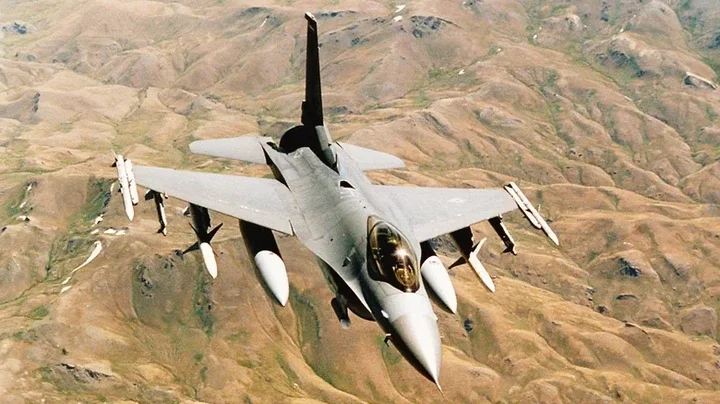
Made by Lockheed Martin, the F-16 Fighting Falcon is one of the most well-known fighter jets used by the U.S. Air Force and other military branches. The aircraft is fast and maneuverable, used in both air-to-air and air-to-surface combat. Its maneuverability and combat radius - how far it can fly, enter combat, and still return to base - exceed the specifications of most, if not all aircraft piloted around the world.
The F-16 can detect enemy aircraft in all weather conditions, as well as distinguish low-flying aircraft from ground clutter on the radar. It has proven weapons and avionics systems based on other established and successful aircraft such as the F-15 and the F-111. For weapons, the F-16 can carry air-to-air and air-to-surface armament, such as missiles, bombs, and rockets. The aircraft is equipped with a 20mm M61A1 Vulcan cannon that can carry up to 500 rounds. It will typically carry up to six air-to-air missiles, such as AIM-9 Sidewinders and conventional air-to-surface weapons.
F-22 Raptor

The F-22 Raptor is an exceptional aircraft even among the upper echelons of military aviation. It has everything a military pilot would need to navigate the rough waters of any mission: stealth, maneuverability, supercruise capability, and integrated avionics. F-22s are assigned for both air-to-air and air-to-ground combat, making them versatile enough for any mission. Like many other fighter and multirole aircraft, the F-22 has a high thrust-to-weight ratio that makes it exceptionally easy to maneuver. It can take tight turns that larger, more cumbersome aircraft would struggle with, and is excellent for air-to-air dogfighting.
That's why, for armament, the F-22 is armed to the teeth with weapons to take down hostile aircraft and turn enemy ground forces into Swiss cheese. A single primary M61A1 20mm cannon with 480 rounds is mounted on the plane. If the plane is flying air-to-air, it will carry two AIM-9 infrared missiles and six AIM-120 radar-guided air-to-air missiles. In air-to-ground missions, it will instead carry two 1,000-pound GBU-32 JDAMs, as well as two AIM-120 air-to-air missiles.
F-35A Lightning II
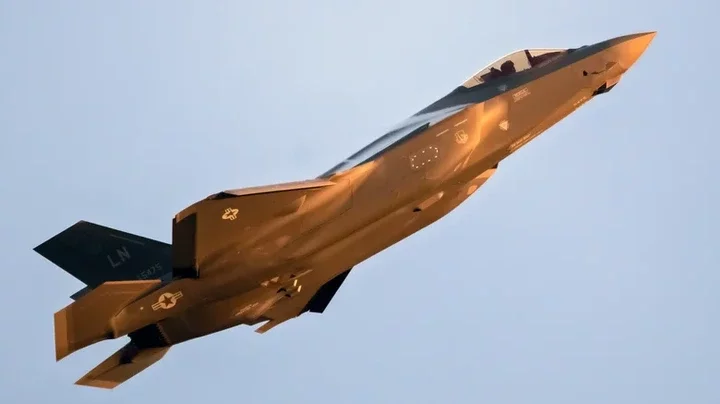
The F-35A Lightning II aircraft is the newest of the U.S. Air Force's fifth-generation machines. The plane has an advanced sensor package that makes it exceptional at gathering information while flying in different airspaces. The improved sensors give it an advantage over older aircraft that may be slow to detect the presence of enemies in the air or other changes in the airspace, allowing the F-35A to adjust in time to react to aggressive moves. The design of the aircraft is also focused strongly on providing an aircraft that is easy and cheap to maintain, as maintenance costs typically comprise around 2/3 of an aircraft's lifetime cost.
F-35A aircraft are versatile, capable of carrying many types of weapons. According to the manufacturer, it can carry more than 18,000 pounds of internal or external weaponry. When carrying internal or externally mounted armament, it can carry AIM-9 Sidewinders, GBU-32 JDAMs, and AIM-120 ARAAMs.

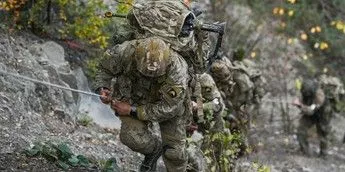

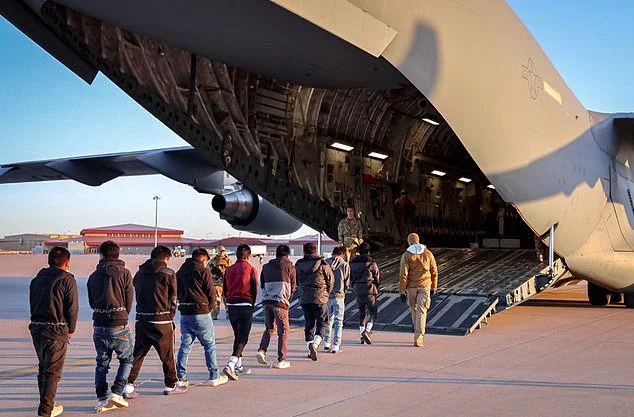
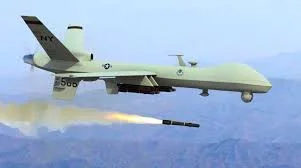












Comments